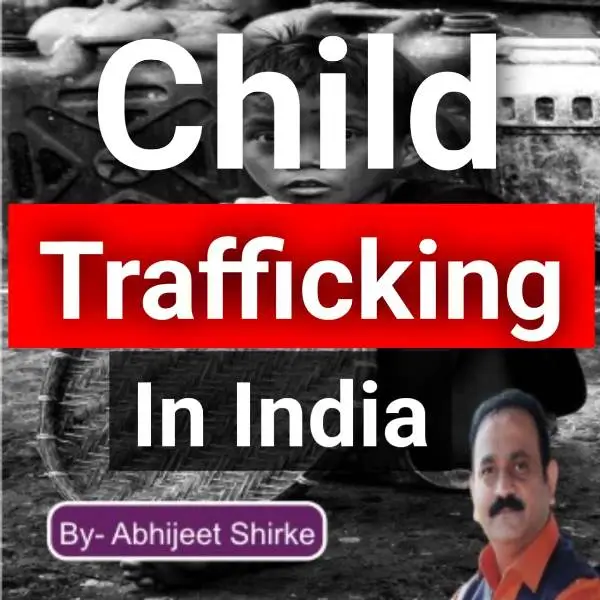
Child trafficking is a grave violation of human rights and a global concern that affects numerous countries, including India. In India, child trafficking continues to be a pressing issue, characterized by its complex nature, multifaceted challenges, and dire consequences for the affected children. This article delves into an overview of child trafficking in India, its current status, challenges, existing infrastructure, awareness efforts, economic costs, unemployment implications, control measures, government initiatives, public-private partnership (PPP) models, collaboration between NGOs and the government, expansion of essential services, cost-effective mass awareness strategies, patrolling initiatives, and the need for a focused mission to save children.
Understanding the Scope of Child Trafficking in India
Child trafficking involves the recruitment, transportation, transfer, harboring, or receipt of children through force, coercion, or deceit for exploitation purposes. India, with its vast population and socio-economic disparities, remains susceptible to this heinous crime. The country’s population of over 1.3 billion provides a pool of potential victims, especially from marginalized and vulnerable communities. For a variety of reasons, including child labor, sexual exploitation, and even organ trafficking, children are trafficked. The COVID-19 pandemic has exacerbated these vulnerabilities, further amplifying the risk of child trafficking.
Challenges and Infrastructure:
Numerous issues, including poverty, illiteracy, lax law enforcement, corruption, and a lack of awareness, contribute to child trafficking. The existing infrastructure for child protection and rehabilitation is often insufficient, hindering timely interventions and support for victims.
Awareness and Economic Costs:
Raising awareness about child trafficking is crucial to combating this menace. Mass awareness campaigns, educational initiatives, and community engagement can be quite effective in stopping child trafficking. The economic costs of child trafficking are immense, including lost potential in education, skills, and productivity.
Unemployment and Control Measures:
Child trafficking and child labour are intertwined, contributing to the perpetuation of poverty and unemployment. Strengthening enforcement mechanisms, enhancing penalties for traffickers, and implementing comprehensive monitoring systems are essential to combating the illicit trade of children.
Government Initiatives and PPP Models:
The Indian government has taken steps to address child trafficking, including enacting legislation such as the Juvenile Justice (Care and Protection of Children) Act and the Immoral Traffic (Prevention) Act. However, a more comprehensive and collaborative approach is required. Public-private partnership models can leverage the strengths of both sectors to create impactful interventions.
NGO-Government Synchronisation:
Collaboration between non-governmental organizations (NGOs) and the government is crucial for a holistic response to child trafficking. NGOs bring expertise, grassroots knowledge, and agility, while the government provides the necessary legal framework and resources. Effective synchronization between these entities can enhance the efficiency of interventions.
Expanding Essential Services:
To address the root causes of child trafficking, there is a need to expand access to quality healthcare, affordable education, and basic infrastructure in vulnerable communities. This approach can reduce the vulnerabilities that make children susceptible to trafficking.
Cost-Effective Mass Awareness and Patrolling:
Mass awareness campaigns, leveraging digital media and community outreach, can educate the public about the dangers of child trafficking and empower them to report suspicious activities. Patrolling initiatives involving law enforcement agencies and community volunteers can act as a deterrent to traffickers.
Mission Save Child:
A focused and nationwide initiative, “Mission Save Child,” led by the government, could serve as a rallying point for all stakeholders. This mission could prioritize child protection, the prevention of trafficking, victim rehabilitation, and child labour eradication.
Government’s Current Status:
The Indian government has taken important steps, but there is room for improvement. Continued commitment, allocation of resources, and collaboration with various stakeholders will be crucial in achieving significant progress.
Child trafficking in India is a complex issue that demands a comprehensive and multi-pronged approach. Efforts to combat child trafficking require collaboration between the government, NGOs, and the private sector. By addressing root causes, enhancing awareness, strengthening law enforcement, and expanding essential services, India can create a safer environment for its children. A focused mission, driven by the government, and supported by various stakeholders, can be a transformative step towards a future where every child is protected, educated, and free from exploitation.